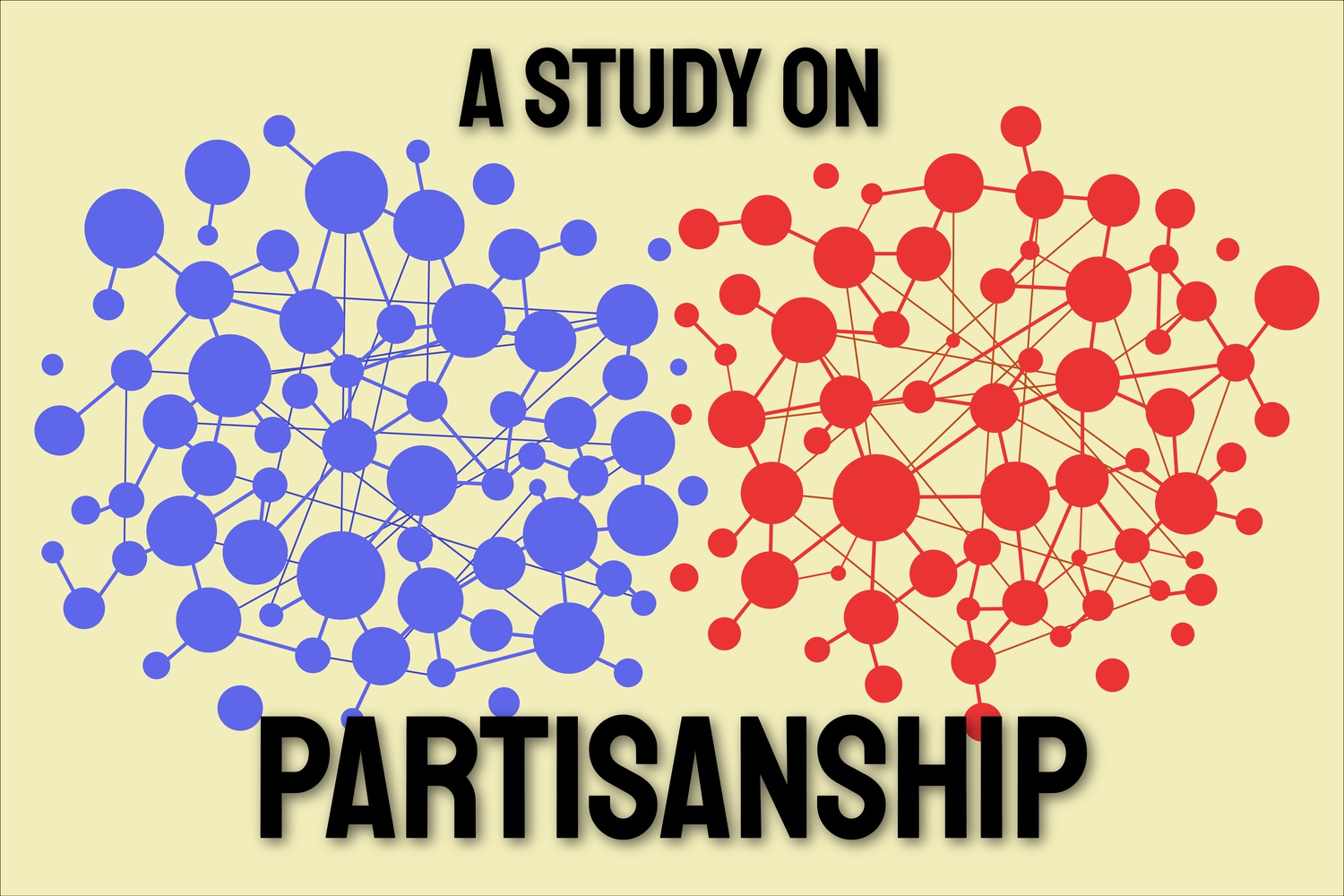
News
Harvard Alumni Email Forwarding Services to Remain Unchanged Despite Student Protest

News
Democracy Center to Close, Leaving Progressive Cambridge Groups Scrambling

News
Harvard Student Government Approves PSC Petition for Referendum on Israel Divestment

News
Cambridge City Manager Yi-An Huang ’05 Elected Co-Chair of Metropolitan Mayors Coalition

News
Cambridge Residents Slam Council Proposal to Delay Bike Lane Construction
Democrats and Republicans Live Segregated Even within Neighborhoods, Harvard Researchers Find

Harvard researchers found that partisan sorting — the geographic segregation of individuals belonging to different political parties — occurs not only on the regional, state, and county level, but even within cities and neighborhoods.
Using voter file data of 180 million voters and spatial data computational techniques, Government Ph.D. candidate Jacob R. Brown and Government professor Ryan D. Enos determined that city- and neighborhood-level sorting between Democrats and Republicans is present throughout the United States. The phenomenon limits many Americans from gaining exposure to people with differing opinions, potentially fueling polarization within the United States.
The study — published in Nature Human Behavior this month — found that an average of just three out of 10 interactions in a residential environment for both the median Democrat and median Republican will be with a neighbor belonging to a different political party. Ten percent of Democrats have virtually no exposure to Republicans, according to the study.
“It seems that, on average, a Democrat or Republican who live in the same town still have noticeably different neighbors,” Brown said. “The Republican within that town will cluster around a few more Republican neighbors than the Democrat will, and the Democrats around a few more Democratic neighbors than the Republican will.”
“I assumed it was mostly at a higher level,” he added.
Partisanship is correlated with density, with Democrats typically living in more densely populated regions and Republicans living in more rural and suburban areas. The study not only supports this idea, but illustrates the severe extent to which people are isolated from voters of the other party.
Enos said the unexpected finding that partisan bubbles were forming at lower levels was particularly interesting because within smaller localities, density is typically constant.
The effects of people living grouped by partisanship remains unknown, but the negative consequences of people grouping by race and religion have been documented in studies, per Enos.
“We know that when groups are segregated, that it’s associated with a lot of negative outcomes,” he said. “It can be things like whether or not they cooperate, whether or not they remain peaceful, or whether or not they like each other.”
Brown said he thinks it is important for Americans to be exposed to different views in their daily lives.
“We don’t want to limit that kind of information and we want a clear perspective on both sides, whether it’s through your online network or day-to-day geographic network,” Brown said.
“You can imagine if you don’t get to interact with Democrats as a Republican — you don’t interact with Democrats in your day-to-day life — you might rely on nationalized stereotypes when thinking of the other party,” he added.
Enos said segregation tends to be a self-perpetuating feedback loop, which complicates the question of how to best address the issue.
“The thing about segregation is once segregation starts, it actually tends to accelerate, it tends to become more severe, and it becomes self-reinforcing,” Enos said.
The study is part of Brown and Enos’s larger Partisan Segregation Project that seeks not only to produce empirical evidence about geopolitics, but also tackle questions such as why the parties are separated and how this phenomenon has changed over time.
“We want to know everything about why it’s happening and then as much as we can about the consequences of it,” Brown said.
–Staff writer Kate N. Guerin can be reached at kate.guerin@thecrimson.com.
Want to keep up with breaking news? Subscribe to our email newsletter.
